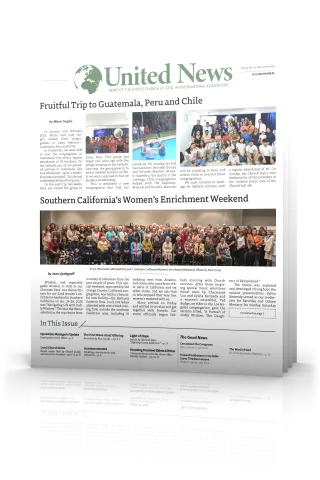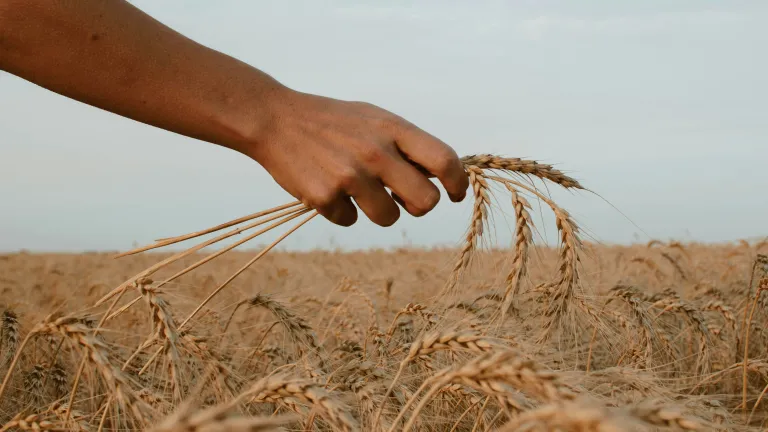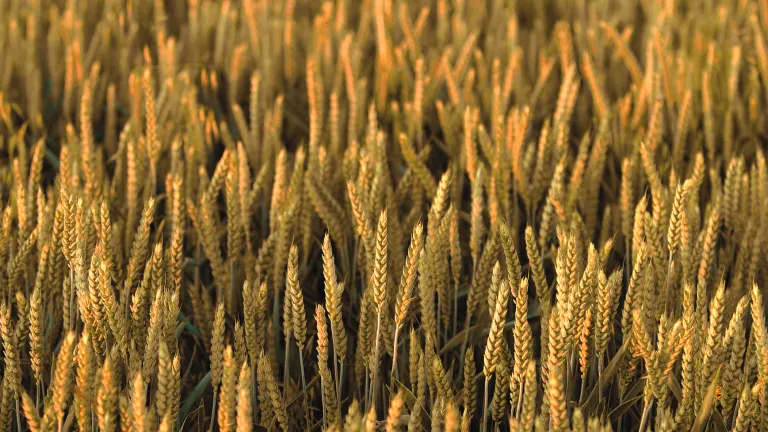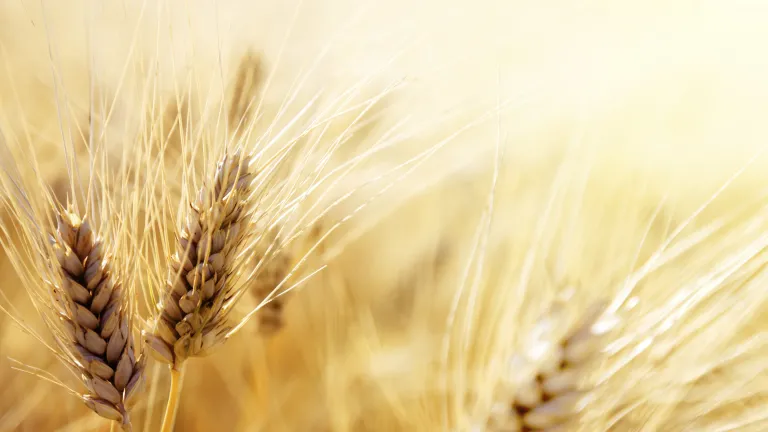The First Wave-sheaf Offering
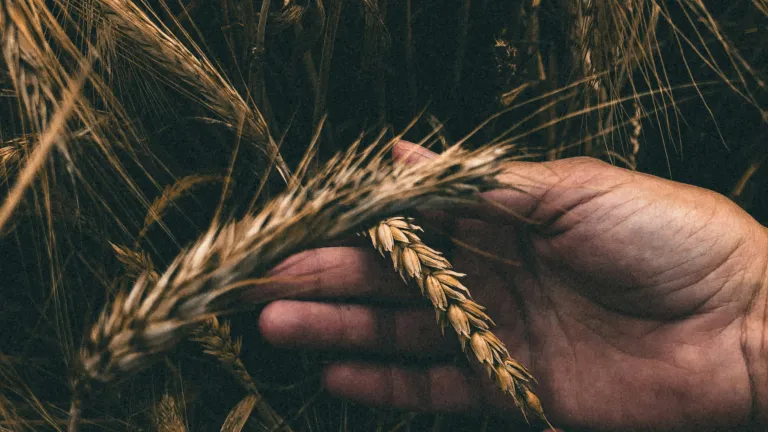
Thankfully, Scripture gives a clear precedent in the recorded example found in Joshua 5.
Each spring, during the Days of Unleavened Bread, we begin the count to Pentecost. In most years this is a smooth and familiar process, but occasionally the calendar presents a sequence that leads to sincere questions. This year, some wonder whether we began the count too early. The question is whether we are to reckon the count from the weekly Sabbath that falls during the Feast (starting with the next day) or from the Sunday that falls during the Feast. This year the Sabbath came at the end of the Feast, and some think we should count from the day after that, the Sunday outside the Feast. But Scripture shows that we are to count from the Sunday within the Feast—which this year was the First Day of Unleavened Bread. Let’s examine the matter.
Thankfully, Scripture gives us a clear precedent in the only recorded example of what must be the wave-sheaf or omer occurring on the First Day of Unleavened Bread—the account found in Joshua 5.
Instructions in Leviticus
In Leviticus 23, after going through the Passover and Feast of Unleavened Bread, God commands the Israelites: “When you come into the land which I give to you, and reap its harvest, then you shall bring a sheaf of the firstfruits of your harvest to the priest. He shall wave the sheaf [or omer, denoting a bundle or measure, in this case of barley] before the Lord, to be accepted on your behalf; on the day after the Sabbath the priest shall wave it” (verses 10-11). The context of this command is important. The offering was not to be performed in the wilderness. Israel had no fields to reap—only manna from heaven. This is not merely assumed; it is clearly stated in the command itself. The offering was to take place only once they entered the land and began to reap its harvest.
God further emphasized this point in verse 14, saying, “You shall eat neither bread nor parched grain nor fresh grain until the same day that you have brought an offering to your God.” The restriction is clear. No part of the new harvest from the Promised Land could be eaten until the wave-sheaf was presented before God. This instruction did not apply to grain gathered in Egypt or stored in the wilderness, or even from victories east of the Jordan. The grain used for the wave offering was to be from the land God had promised—Canaan—and no one was to touch it until the offering had been made.
This context brings new meaning to the events recorded in Joshua 5. After crossing the Jordan, Israel prepared to keep the Passover for the first time in the land. The account reads: “Now the children of Israel camped in Gilgal, and kept the Passover on the fourteenth day of the month at twilight on the plains of Jericho. And they ate of the produce of the land on the day after the Passover, unleavened bread and parched grain, on the very same day. Then the manna ceased on the day after they had eaten the produce of the land” (verses 10-12). This passage gives us an exact three-day sequence. On the 14th day of the month, Israel kept the Passover. The next day, which was the 15th (the First Day of Unleavened Bread), they ate of the produce of the land. And on the 16th, the manna ceased.
Use of parched grain
Some have argued that the parched grain they ate on the 15th was stored grain—left behind by Canaanites or gathered from earlier battles east of the Jordan. This view is often reinforced by the King James Version, which renders the phrase “produce of the land” as “old corn of the land.” However, this is a mistranslation. The Hebrew word used in Joshua 5:11-12, abur, simply means “produce” or “yield.” It carries no implication of age. Most modern Bible translations render this accurately as “produce of the land” or “produce of Canaan,” which makes perfect sense in both linguistic and historical context. No battles had yet taken place west of the Jordan, so Israel had no access to Canaanite storehouses. What they ate was fresh grain—gathered from the ripening barley fields of Canaan and roasted as parched grain.
This parched grain preparation was typical in early spring, when the barley heads had ripened but the full harvest was not yet reaped. Leviticus 23:14 prohibited eating this grain until the first of the harvest was presented in the wave offering. Therefore, when Joshua 5:11 tells us that they ate it on the day after the Passover, thus on the First Day of Unleavened Bread, we understand that the wave-sheaf or omer must have been offered that morning.
The Passover meal at the beginning of the 14th included unleavened bread and bitter herbs, as commanded in Exodus 12:8. This does not conflict with the wave-sheaf requirement. The Passover could have utilized grain carried over from the wilderness or perhaps even cakes made from manna, which Exodus 16:23 confirms could be baked. But the consumption of the land’s produce, clearly emphasized as something new in Joshua 5:11, occurred only after the offering had been made. Why would it be stated that they were eating old grain now if they had already been eating old grain at the Passover? This was now new grain—requiring the wave offering.
Then, on the following day, the manna ceased. After 40 years of miraculous provision, it ended—without warning, and without commentary. It did not return. This was no random event. It was God’s confirmation. The offering had been made. His instruction had been followed. And now His people would be fed by the fruit of the land He had given them. The fact that Scripture records no correction or judgment in this instance further suggests that the offering was conducted properly and in line with God’s instruction.
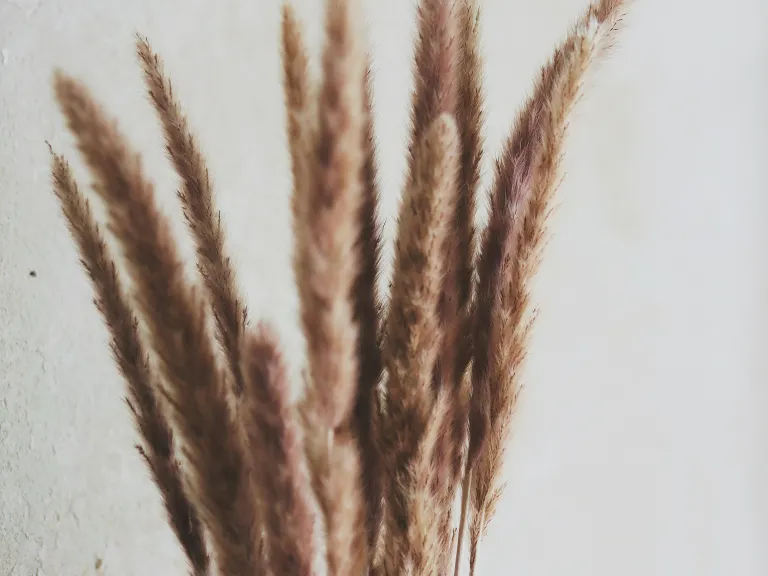
Timing of the offering
Since Leviticus 23:11 says that the wave-sheaf or omer was offered “on the day after the Sabbath”—a Sunday—the only time it would be offered on the day after the Passover, on the First Day of Unleavened Bread, is when Passover falls on the weekly Sabbath and the First Day of Unleavened Bread is a Sunday. As noted at the outset, some contend that it is the weekly Sabbath that must fall within the Feast of Unleavened Bread, with the day after being the wave-sheaf—even if that Sunday then falls outside the Days of Unleavened Bread. But in that case, the sequence we find in Joshua 5 would never occur.
It helps to more directly consider the language used in Leviticus 23:11, which says the wave-sheaf is to be offered “on the day after the Sabbath.” Over the centuries, this phrase has been interpreted variously as the day after the first Holy Day of Unleavened Bread, the day after the last Holy Day, or the day after the weekly Sabbath during the Feast, as we have understood the reference. But even this last option benefits from closer attention. In Hebrew, the phrase “day after the Sabbath” is evidently what linguists refer to as a phraseme—a fixed idiom or multi-word unit. In the biblical calendar, days of the week were not named but were numbered in relation to the Sabbath: “first from the Sabbath” (Sunday), “second from the Sabbath” (Monday), and so on.
Likewise, the phrase “the day after the Sabbath” is simply a term for Sunday. It should be considered as a compound unit, perhaps even hyphenated “the-day-after-the-Sabbath.” This removes all confusion. Understanding this usage helps clarify why God did not specify which Sabbath. He was not pointing to an annual Sabbath or even directly to the weekly Sabbath, but rather to another point in the weekly cycle, what is now called Sunday (named from its position relative to the Sabbath). Thus, He was not referring to the day after “the Sabbath that falls during Unleavened Bread.” Rather, He was referring to “the-day-after-the-Sabbath (Sunday) that falls during Unleavened Bread.”
This understanding preserves the wave-sheaf offering’s position within the Feast. If the issue were the weekly Sabbath that fell during Unleavened Bread, the wave-sheaf offering of the next day would usually fall within the Feast but not always. So there would be some apparent connection between them but an inconsistent one. If the issue is the Sunday that falls during the Feast, then the connection is consistent and solid—the wave-sheaf always falling within the Feast of Unleavened Bread and never outside of it.
Pentecost in 2025
That brings us back to this year. The weekly Sabbath fell on Nisan 14, which was also the day of the Passover. The next day, Nisan 15, was both the First Day of Unleavened Bread and a Sunday—“the-day-after-the-Sabbath” during the Feast. That is the exact pattern we see in Joshua 5. On that Sunday, the wave-sheaf was offered, the Israelites ate the grain of the land, and the manna ceased the next morning (Monday). In following that same timing this year, we are walking in the very pattern God established and confirmed.
Purpose of the wave-sheaf offering
Ultimately, the wave-sheaf offering pointed forward to Jesus Christ. As Paul writes in 1 Corinthians 15:20, “But now Christ is risen from the dead, and has become the firstfruits of those who have fallen asleep.” Christ was raised at the end of the Sabbath and ascended to the Father on Sunday morning—the very time the wave-sheaf was offered. That offering sanctified the harvest to come, just as Christ’s resurrection sanctifies those He is calling now as firstfruits.
The count to Pentecost pictures that journey—a period of spiritual development, growth and transformation. When we understand the record in Joshua 5, the language of Leviticus 23, and the fulfillment in Christ, we find consistency, clarity and confirmation. God’s instruction has not changed. The count to Pentecost begins with the offering of the wave-sheaf on the Sunday during Unleavened Bread. This year, as in Joshua’s time, we are not counting too early. We are exactly on time.
